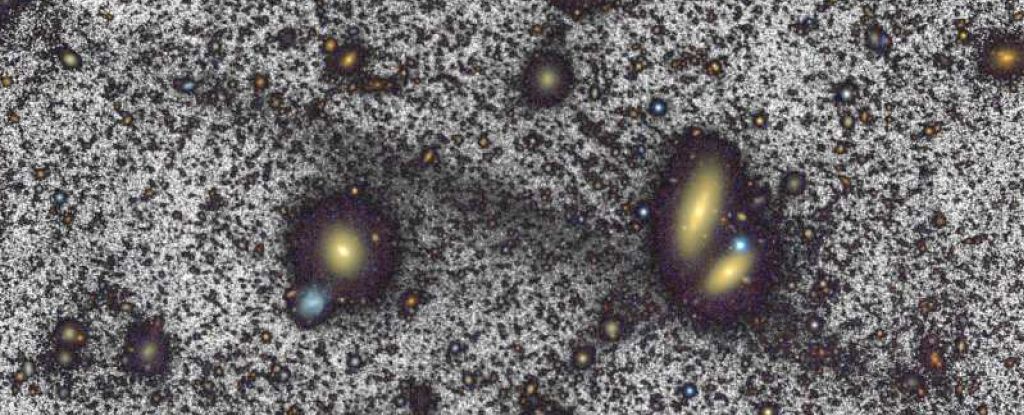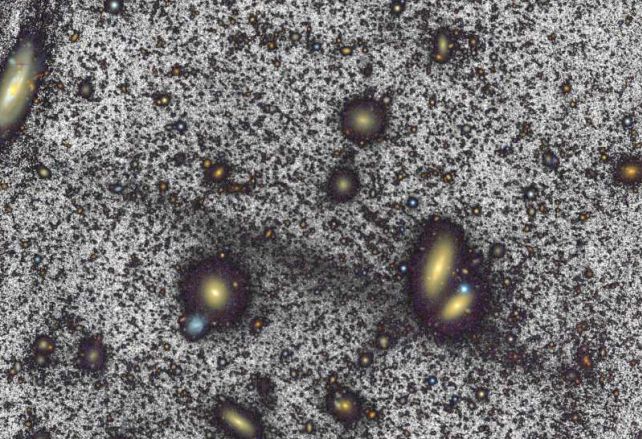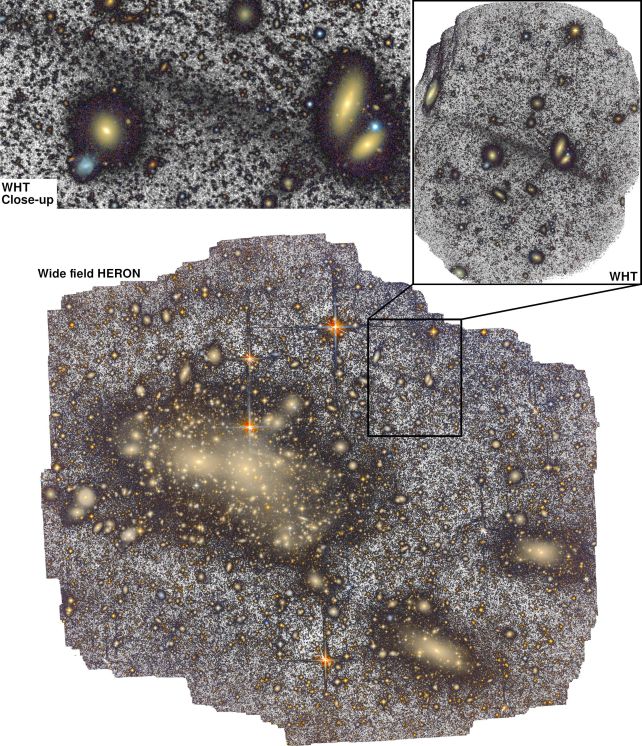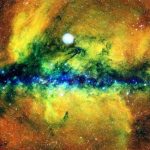
A breathtaking stream of stars has been discovered moving through the expansive space between galaxies within a cluster situated roughly 300 million light years from us.
These connections are called stellar streams. The recently identified Giant Coma Stream holds the record as the longest, stretching across 1.7 million light-years. What makes it even more extraordinary is that this faint cosmic river is the first of its kind observed beyond the boundaries of a galaxy.
The finding is a significant revelation. In the highly dynamic and gravitationally intricate setting of a galaxy cluster, the endurance of something as delicate as a stellar stream is quite unexpected.
Observational astrophysicist Javier Román from the University of Groningen in the Netherlands and the University of La Laguna in Spain says “This giant stream crossed our path by coincidence. We were studying halos of stars located around large galaxies”

Stellar streams are quite usual in our Milky Way galaxy. Scientists believe they are the torn remnants of dense groups of stars known as globular clusters, torn apart by the gravitational forces of the Milky Way. However, identifying them can be challenging because it’s not immediately apparent how the stars are related. Determining the distances to the stars is tricky, and these streams are not very bright.
In the vast space between galaxies, the dimness of objects makes it challenging to identify loose connections. Space is filled with bright entities, and the fainter something is, the higher the chance we might overlook it.
In the last few years, advancements in telescope technology and analytical methods have unveiled numerous faint objects that were previously difficult to recognize. This includes the discovery of the Giant Coma Stream.
Román and his colleagues utilized the 0.7-meter Jeanne Rich Telescope and the 4.2-meter William Herschel Telescope to search for faint structures within the Coma Cluster, a collection hosting thousands of identified galaxies.
Their objective was to examine galactic haloes, which are the expansive, spherical areas containing scattered stars and dark matter that encircle the central regions of galaxies.
Nevertheless, the data they collected unveiled a surprising discovery: a lengthy, stretched band of stars situated not within a single galaxy but amid the galaxies within the cluster.
This band is noticeably unlike the delicate threads of the cosmic web linking galaxies in clusters. In fact, it bears a striking resemblance to the stellar streams found in our Milky Way, albeit on a grander scale.
Despite their substantial size and serene appearance, galaxy clusters are gravitational chaos zones. Massive objects within them exert forces, causing constant pushing and pulling in various directions.
It’s surprising for a stellar stream to endure for an extended period in such an environment. However, the characteristics of this environment provide valuable insights into the origins of the stream, as uncovered by the researchers.

They performed computer simulations and discovered that, although uncommon, these streams can develop within a galaxy cluster. This occurs when a smaller dwarf galaxy gets torn apart by the gravitational forces of larger galaxies.
In the vastness of the cosmos, its longevity is not anticipated to be significant. Fortunately, the technology available in the current era of the Universe allows us to observe this structure as it undergoes the process of being torn apart.
However, the presence of this structure provides an opportunity to examine the surrounding cluster environment. Given that galaxy clusters are rich in enigmatic dark matter, this intrigues scientists attempting to unravel the composition of this mysterious matter.
The presence of the Giant Coma Stream implies the potential discovery of comparable formations in different clusters. The scientists aim to utilize more advanced telescopes for a closer examination of these extensive groupings, with the aspiration of unveiling additional hidden secrets.
“We would love to observe individual stars in and near the stream and learn more about dark matter,” says astronomer Reynier Peletier of the University of Groningen.
The findings have been disseminated in the esteemed Astronomy & Astrophysics.





